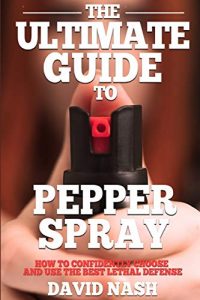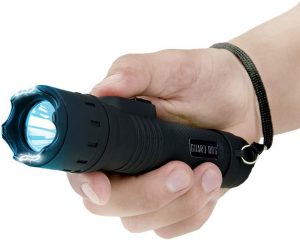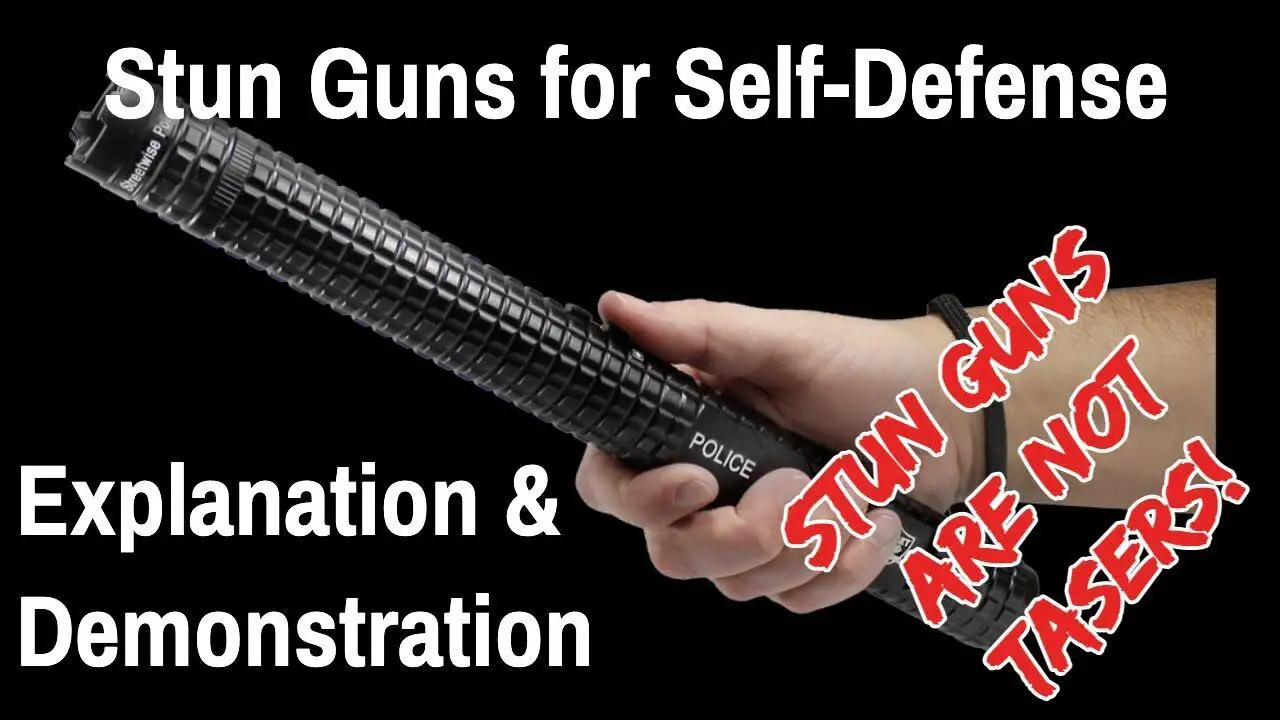

As a self-defense instructor, I cringe when I hear people use the term stun gun and Taser interchangeably. I felt the need to talk about stun guns for self defense.
They are NOT the same; they do not function the same way, nor are they equal in effectiveness. In order to show how they work,
This “Wife Uses Stun Gun on Husband” is part of a series where I shot some video of being hit with both a stun gun and a Taser.
The biggest difference for most is effective range – stun guns are direct contact weapons. You must physically touch the person with the prongs of the stun gun.
How Stun Guns Work
Stun guns work by rapidly overworking the muscle group and depleting it of blood sugar.
To make it work effectively, you need to hold it on your attacker for several seconds. In the experience I had, I felt a good deal of localized pain. However, I was not functionally impaired. If the person stunning me was not my wife, I feel confident in my ability to either take the device away, break its contact with my skin, or at the very least get a few good shots to their face.
In addition to the experiment I taped, I have a couple years of experience working with stun devices and stun shields from my work in the prison system. I know that the design is to cause muscle failure (like you would from overexerting yourself while exercising), but from all I have ever seen is that it causes pain.
I did receive some burns from the device being activated without a firm connection with my body. The sparks burned my shirt and caused a second degree burn on my abdomen.
While the devices are cheap, my 2.5 million volt device was less than 10 dollars I think you are better served with a more effective self-defense device.
As with any self defense device – check your local laws on stun guns before you use one.
